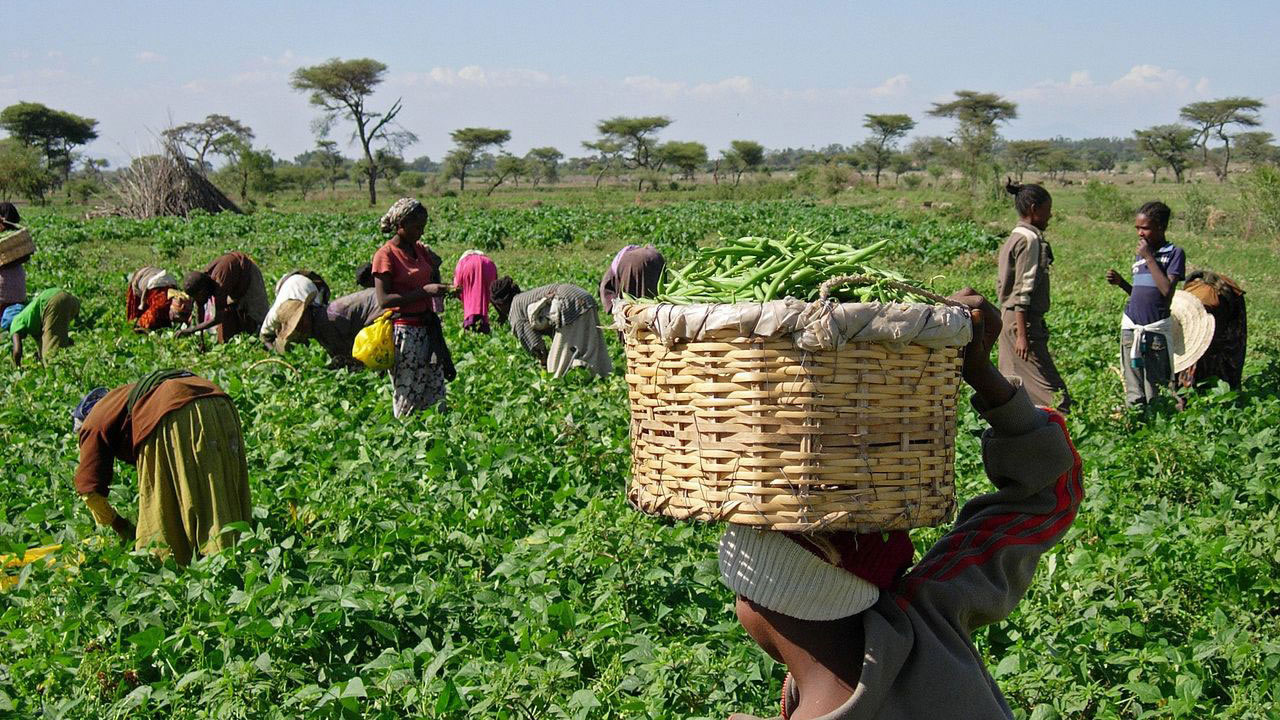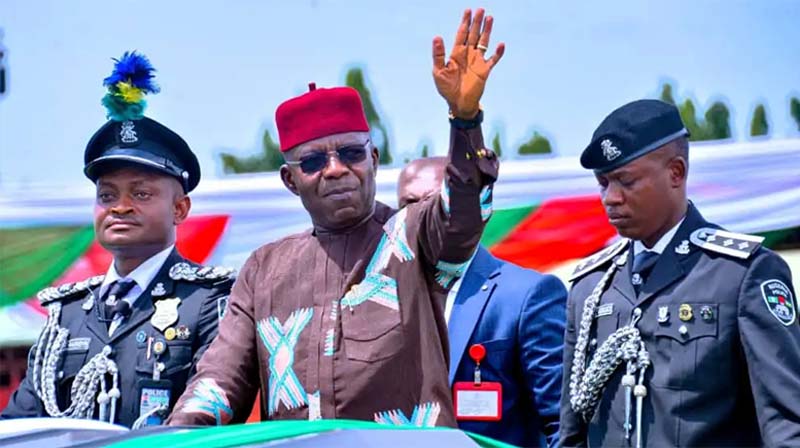Staff Report
this should be more than sufficient to convince Nigerian policymakers that investing in agriculture must at least be considered in the country’s post-COVID recovery
If evidence were still required, the coronavirus pandemic and the consequent nosedive of oil prices has once more reminded us of the shortcomings of Nigeria’s oil dependence.
Despite decades of rhetoric on the merits of diversification, oil still represents more than 90 percent of the total value of Nigerian exports, and more than half of all government revenue, still largely determining the government’s expenditure potential. The 2020 Nigeria government’s budget was designed on an assumed average oil price for the year of US$57 per barrel — a price that has proved a mirage since the start of the health and economic crisis.
Since strategic, and preferably abundant, government expenditure is a necessary requirement on Nigeria’s path towards achieving the Sustainable Development Goals (SDGs), it therefore follows that the fate of Nigeria’s development project remains hostage to the unpredictable fortunes of the oil industry.
When the pandemic eventually subsides, finding different, less volatile sources of government revenue, foreign exchange and employment will need to be an absolute priority for policymakers. This will have to begin with a modernisation of Nigeria’s agricultural sector.
Economists have mostly employed a convenient tripartite division of economic activities into agriculture, manufacturing and services
As the world transforms, Economic activities has been divided into 3 Key areas
Economists have mostly employed a convenient tripartite division of economic activities into agriculture, manufacturing and services — with increasing employment in the latter two sectors, manufacturing and services seen as the Promised Land. Following Arthur Lewis’ research in the 1950s, traditional development economics has envisioned the shifting of a rising portion of labour into higher productivity activities as the centerpiece of an economy’s development.
The changing tastes of international consumers, coupled with the increased efficiency of global cargo transportation, have opened up a market for agricultural products that would never have been possible just decades ago. Processing agricultural goods, therefore “industrialising”, is no longer the only way to add value to primary commodities. The ever-growing global demand for a year-round, fresh, and increasingly higher quality supply of “raw” agricultural products is turning the once archaic practice of agriculture into a knowledge intensive, highly productive activity, often much more complex than many forms of manufacturing.
Throughout the process, jobs are created along the supply chain, steady streams of foreign exchange are generated and the economy’s overall productivity is increased — the three main purposes of seeking industrialization in the first place. It is therefore no wonder that development economists are starting to develop theories surrounding “industrialisation of freshness”, but the same concept of adding value within agriculture can be extended to the quality of the good and the efficiency of yield, not just the freshness with which it is brought to developed markets.
All of this should be more than sufficient to convince Nigerian policymakers that investing in agriculture must at least be considered in the country’s post-COVID recovery.
The paradigm shift Investing in Agriculture
To illustrate what this paradigm shift could mean, let us take the case of Nigeria’s most important agricultural product: cocoa. Cocoa beans remain Nigeria’s largest agricultural export, yet the sector has witnessed a steady decline since the heydays of the post-independence period: in the decades from the 1960s to 2016, average yearly cocoa production declined from 420,000 tons to just 192,000 tons.
Talk of reviving the sector has been a constant feature of political debate especially in Western region of Nigeria where it is most cultivated particularly since the return to democracy in 1999, but the vast majority of the conversation has centred around statements such as: “Nigeria is yet to fully capitalise on cocoa production, as most of the beans are sold unprocessed
While it may certainly be true that strengthening Nigeria’s fairly meagre processing capacity could be a job-creating, productivity-enhancing, forex-attracting development — you will certainly not find opposition to strategic forms of ‘traditional’ industrial policy here — the narrowness of this vision neglects the potential for generating positive outcomes from the improvement of cocoa bean production itself.
Yield-enhancing practices could certainly be explored, but even more important would-be government support for the specialization in higher quality cocoa bean production.
When the pandemic eventually subsides, finding different, less volatile sources of government revenue, foreign exchange and employment will need to be an absolute priority for policymakers. This will have to begin with a modernisation of Nigeria’s agricultural sector
Moving industrial policy beyond ‘industry’.
While the Nigerian cocoa beans example would require a much more in-depth evaluation than that provided above to guide policy design, it is important that this sort of thinking — one that sees the value of agriculture beyond being a breadbasket and labour source for industry — enters the mindset of development practitioners and policymakers.
Ultimately, industrial policy to engender structural change is about investing in activities that are able to foster employment, generate foreign exchange and shift larger portions of the workforce into higher productivity occupations. Traditionally, this has been synonymous with prioritising industrial manufacturing over agriculture. This should no longer be the case.
Original article submitted by Marco Castradori






